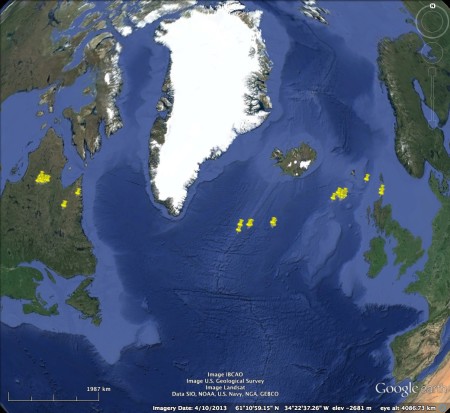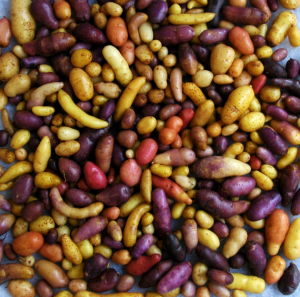Beremeal is an earthy, nutty and nutrient-rich flour made from bere, an ancient six-row barley. It was traditionally used to make bannocks, soft rolls that are a speciality of Scotland’s north-eastern ilses, and now the only remaining mill to process this grain is in Orkney. The bere barley shaped the diets of Orcadians for generations, but came into sharp decline in the 1950s with the birth of white supermarket loaves. It was also less productive as modern barleys and required a lengthy milling process. By the early 1990s, the last remaining mill closed and bere almost entirely disappeared until a campaign was launched to bring bere back. Now, 200 tonnes are being milled today as people start to redisocover this ancient grain.
Hear all about it on the BBC’s Food Programme. Then head over to Genesys and reassure yourself that should these efforts fail, there are quite a few samples of “bere” in genebanks. Though those responsible for that of Science and Advice for Scottish Agriculture may want to check some of the longitudes in their database.

 The contents of a potato genebank? Nope: “…a maximum of two alleles per locus contributed to this variation.” That’s because this tuberous cornucopia is what the authors of a
The contents of a potato genebank? Nope: “…a maximum of two alleles per locus contributed to this variation.” That’s because this tuberous cornucopia is what the authors of a